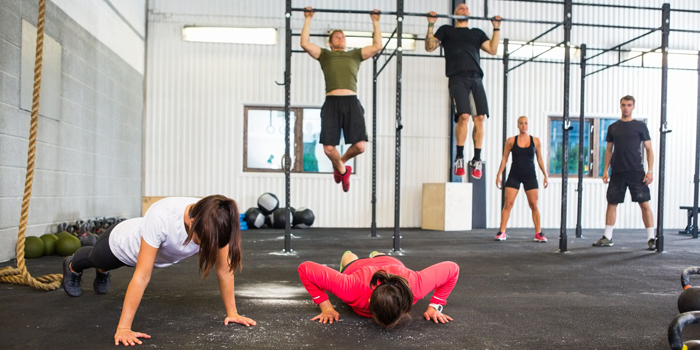
Author's Note: Last month Dave Tate was the keynote speaker at the Two Brain Business Summit I sponsored. I’ve been following Dave since 2004 and was pumped to be able to tell him a little bit about my story and how his writing and character has influenced my own training and beliefs. The writing of Dave and Louie Simmons helped pave the way for my success as a coach and programmer.
Over the past decade, box programming growth has been explosive, and there is no slowdown in sight. Since I started box programming in 2006, I’ve noticed a trend in our community: new box owners brimming with excitement and passion for running a new business and for training people and helping others, but some without the experience to properly program for the wide range of athletes at their box. As someone who has been working hands-on in the strength and conditioning community for over 13 years and in CrossFit for 11 years, I’ve amassed plenty of tried-and-tested lessons and best practices for training a full range of athletes, from the most green to the most seasoned.
Through my own trial and error during the past 11 years, I have developed a program template that efficiently covers the most important bases for training the general population. During this process of trial and error, I experimented with various templates to avoid overtraining and keep members of my box progressing. Overall, I knew there were many aspects to consider for a system for box programming group classes, but luckily I was able to draw many parallels to a system I already knew and was comfortable with: the conjugate system.
The Conjugate System
In 2004, I was introduced to the conjugate system from the strength and conditioning facility I trained and interned at. I remember watching the old videos with Louie Simmons, but at the time I was still a young coach and didn’t really know my ass from my elbows. I will say that there has been no bigger influence on me as a coach than Louie Simmons and I certainly would not be where I am without him. I was lucky enough to visit Westside last September and share with Lou the success his system has achieved with thousands of athletes all over the world.
MORE: Programming for Competitive Box Programming
Fast forward 13 years and I’ve watched a system I thought I knew evolve quite a bit. The basic tenets still remain the same, but the context is constantly varied, much like box programming. Because we are able to rotate max effort variations weekly, focus on building our clients bases via low-skill GPP work, and provide accessory work that focuses on bringing up primary movers, the end result is a system that facilitates body composition (which is the number one goal of any new athlete that signs up at a CrossFit box), drastically improves systemic strength, and prevents injury. Sounds great on paper, but much like any coach, I trust the data over the dream, and our gym was able to consistently be inside the top 100 of the CrossFit Open every year, producing more than 20 females deadlifting 300 pounds or more, and 10 males capable of deadlifting 500 pounds or more. Who said becoming aerobically fit and stronger maximally couldn’t be done simultaneously?
Over the last 18 months, I’ve had the privilege of being able to program for hundreds of box programming gyms all over the world using the conjugate system as the template for my programming. The results have been phenomenal, not to mention that the majority of my boxes are incurring significantly fewer injuries among their athletes!
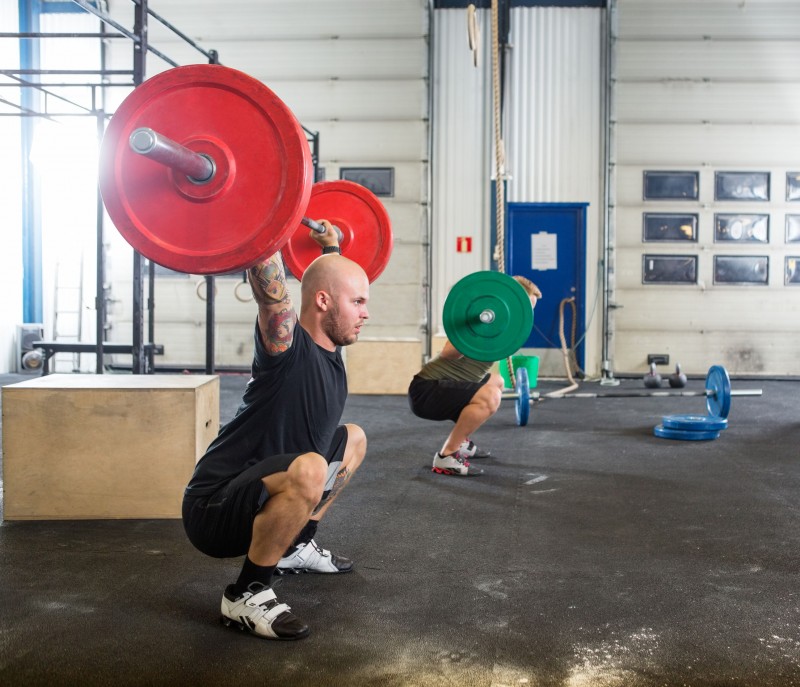
Our template looks like this:
Monday
• Max Effort Lower Body Movement
• High Threshold Conditioning Piece
• Accessory Work
Tuesday
• Zone 2-3 Energy System Work or GPP Work
• Accessory Work in the form a “finisher”
Wednesday
• Max Effort Upper Variation or Dynamic Effort Upper Body (Typically rotation is three weeks of ME followed by two to three weeks of DE)
•Zone 3-4 Energy Systems Work
• Accessory Work
Thursday
•Low Skill GPP Work or Special Exercise Work
• Skill Development Work
• Zone 2-3 Aerobic Work
Friday
• Dynamic Effort Lower Body
• High Threshold Conditioning Piece
• Accessory Work
Saturday
• Long Duration (Aerobic) Partner Conditioning Piece.
Sunday
Most of my boxes have open gym on Sunday, but the ones that do use the programming there has a session planned that is similar in intent as Thursday and also has the ability for athletes to make up training that is missed, done with the direction of their coach.
There are a few things to keep in mind in terms of our energy systems’ work:
- Higher threshold pieces follow the same logic as we do with separating “extreme workouts.” There are 72 hours of recovery between these sessions.
- The energy system utilized is dependent on the athlete’s training age, but more times than not we can facilitate the demand we are looking for.
- Work-to-rest conditioning pieces are commonplace in my programming. You cannot feasibly improve if you don’t have built-in rest.
- Classic box programming benchmarks do fit into this template and are done quite regularly.
- Retesting with both strength and conditioning pieces is done on a 12-16 week basis.
Special Exercises (Accessory Work)
This may be the most under-utilized form of training at most box programming facilities. In reality, your clients’ number one goal is to look better and feel better. Of course, there is value in great coaching and skill development, but oftentimes there is a higher value placed on skill development/coaching than there is actually helping individuals improve body composition.
Accessory work is 100% necessary in EVERY facility for a few pretty straightforward reasons. The first one involves reaching one’s true potential; if you don’t strengthen the weakest link in the chain, you’ll never maximize your true potential. Similarly, if you don’t work on your limiting factors, you run the risk of injury. This must be done with unilateral movements. Here’s some logic as to why your accessory work is 100% necessary for clients success and long-term health:
1. Unilateral vs. Bilateral
Single-joint exercises allow us to work weak links unilaterally. Think of movements like a split squat versus a back squat. The agonist muscle groups are the same, but the context is completely different. We can really identify and single out weak links because this movement works one limb at a time. Of course, still perform compound movements, but remember to always supplement your big lifts with your small lifts.
2. Added Volume to Small Movements, Not Big Movements
It’s much safer to push the volume of a unilateral movement like a split squat in comparison to a bilateral movement like a back squat.
3. Crawl Before You Walk
With athletes that have low training ages and less exposure to basic compound movements, the need for more unilateral work is even higher. If your athlete has trouble performing a split squat effectively then does it really make sense to load up their back squat? With that said, accessory work can be a great teaching tool for new athletes and a much safer method of getting their feet wet.
4. Time Under Tension
Because unilateral work requires less skill and neural demand, we can increase loading and volume commensurately, thereby increasing time under tension. This leads to increasing muscular hypertrophy. I don’t think any one of your clients will complain about having better-looking quads or biceps.
5. Bring Up Other Movements
If you want your sexy movements like squats, pulls, and Olympic lifts to go up then you have to prioritize where you are weakest. For most, it’s as simple as adding more direct posterior chain work to see noticeable gains in all of the aforementioned lifts. Remember, technique will only take you so far. At some point, you need to get stronger.
6. Prehab/Rehab
We can effectively reduce the risk of injury as well as rehabilitate current injuries with accessory work. The reasoning is simple: we must focus on the “problem areas” knowing the result we are working for is the result we are going to get. This is quite difficult to do if we allow other muscle groups to take over. Put simply, our ability to compensate and let stronger muscle-up groups dominate is the cause for many issues and injuries. We need to be assured that result we are looking for is the result we are going to get, making unilateral movements a must.
7. Low Skill
Performing low-skill variations incorrectly with accessory work is less likely because they are not dependent on one's current level of ability, making it easier for coaches to ensure reliable results.
Dynamic Effort Training
Speed training, in my opinion, is another highly under-utilized form of training today. Using light loads and accelerating the bar as fast as possible constitutes as speed-strength training. However, not everyone will be able to fully actualize the benefits of this method — yet.
Another great use for speed training with your box’s programming is simply giving people time to only work on being efficient with a given lift. For this reason, all levels of ability will benefit from these days where the intent is to focus on maximal power output rather than maximal loading. In these cases, I recommend athletes start with 50-60% of their 1RM for their box squats and deadlifts to simply learn how to become explosive. A three-week wave will typically have loading of 60%, 65%, and 70% following Prilepin's chart. Keep in mind this is without the use of accommodating resistance, as most facilities don’t have that luxury.
RELATED: How Powerlifting Makes Me A Better Weightlifting Coach
I’ve also found that with the majority of my athletes, they simply do not have the ability to utilize higher threshold motor units yet, even with sub-maximal loads. This will be even more evident with your endurance athletes. Overall, do not sacrifice bar speed for loading. Athletes will be better served to scale their loading and moving faster, making the percentages, at times, irrelevant.
Just to see how all this plays out with all levels of classes, a typical week may look something like this:
Within a given week there is a lot of freedom. Max effort day does not have to necessarily be a one-rep max, and for your newer athletes, they most likely won’t be, as they simply need to work on improving motor patterns before hitting true maxes.
The intent here is to work up to some challenging loads between one and three repetitions. As long as there is a rotation of movements, we can hit one-rep maxes on a weekly basis. The common misconception is that one-rep maxes are dangerous, but in reality not performing one-rep maxes is more dangerous in the sense that when you do actually perform a one-rep max, your athletes will be unfamiliar with the type of demand that will be placed on them. Also, I’ve always struggled with the notion that performing a one-rep max was more dangerous than performing a five-rep max, although you see the latter done much more often in most facilities. The logic doesn’t make sense since you’re moving a heavy load five times in comparison to one time.
Template Breakdown
Here is a breakdown of the template with rep ranges, work/rest intervals, and movement patterns for each day of the week.
Monday (Max Effort Lower Body)
- Box Squats
- Deadlifts
- Sumo Deadlifts
- Power Cleans
- Back Squats
- Front Squats
- Squat Clean
- Squat Snatch
- Overhead Squat
- Paused Back or Front Squat
All lifts this day will be taken to a heavy effort or max effort:
- 1-3 rep maxes
- 1 x 1-3 (heavy set)
- 3 minutes recovery between heavy sets
- 8-10 total sets
Tuesday
- GPP Work (Sled work, loaded carries, etc.)
- Accessory Work
- Conditioning
Wednesday (Max Effort Upper Body or Dynamic Effort Upper Body)
- Shoulder Press
- Push Press
- Push Jerk
- Power Jerk
- Split Jerk
- Behind-Neck Variations
- Weighted Dips
- Weighted Pull-Ups/Chin-Ups (Various Grip Widths)
- Weighted Push-Ups
- Log Press
- Bench Press (Various Grip Widths)
All lifts this day will be taken to a heavy effort or max effort:
- 1-5 Rep Maxes
- 1 x 1-3 (heavy)
- 2-4 minutes full recovery between heavy sets
- 8-12 total sets
Thursday
Gymnastics Skill Conditioning or GPP Work
Friday (Dynamic Effort Lower Body)
- Box Squats
- Deadlifts
- Sumo Deadlifts
- Power Cleans
- Back Squats
- Front Squats
- Squat Clean
- Squat Snatch
- Overhead Squat
All lifts at submaximal loads. This where I deviate a little bit from Louie’s percentages. Typically, I will prescribe a range. Olympic lifting variations will typically be in 75-85% range whereas box squats and deadlifts will be in the 50-70% without accommodating resistance.
- 45-60 seconds rest between efforts
- 12x2, 8x3, or 5x5 for higher sets/lower reps every minute on the minute
- Weight should be moved with maximum velocity
- Use accommodating resistance (i.e. bands and chains for seasoned lifters may be useful but not necessary)
Saturday (Partner Conditioning)
This will be a culmination of movements that we haven't seen throughout the week but will coincide with the programming to ensure we are working for 25 minutes or more. The main objective of these pieces is for athletes to pace, breathe, and have fun. Working with a partner will allow for built-in work-to-rest and also allow them to work together as a team.
In short, I feel very strongly that conjugate system is unmatched when it comes to programming for the general population and group classes where you don’t have the luxury of knowing all of your client’s individual schedules. This system will allow your athletes to sustain continued progress across the board. Although there has always been less emphasis on “mirror muscles”, your clients want to look better, so give them what they want. Coincidentally, you’ll be giving them what they want, but also what they really need in terms of improving imbalance.
Photos Courtesy of Tyler Olson © 123RF.com
Jason is a Certified Strength and Conditioning Specialist and has been coaching athletes from all walks of life for over 12 years. Jason is a former gym-owner and now owns Box Programming, a service that provides programming to box programming Affiliates as well as strength and conditioning facilities that serve the general population all over the world. Jason is a Combat Veteran.









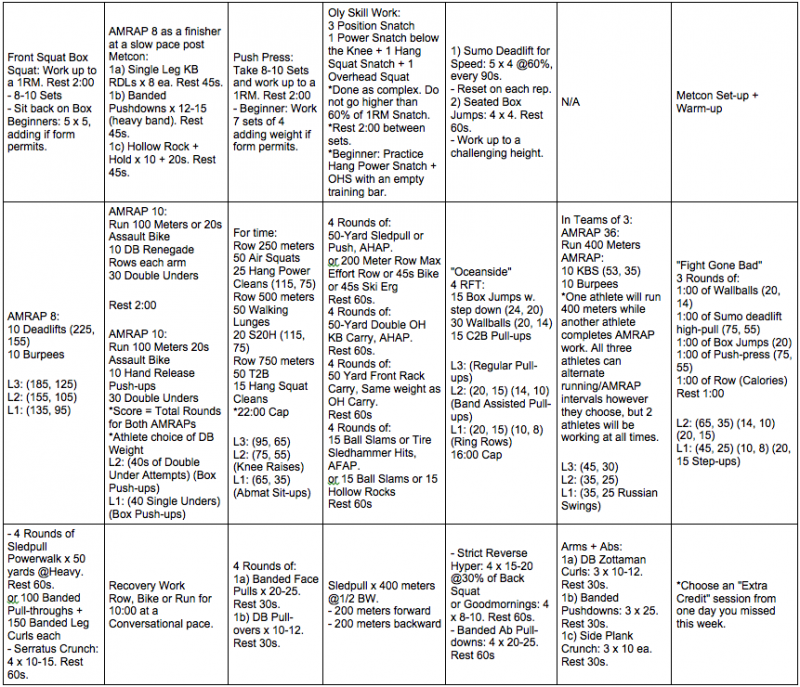
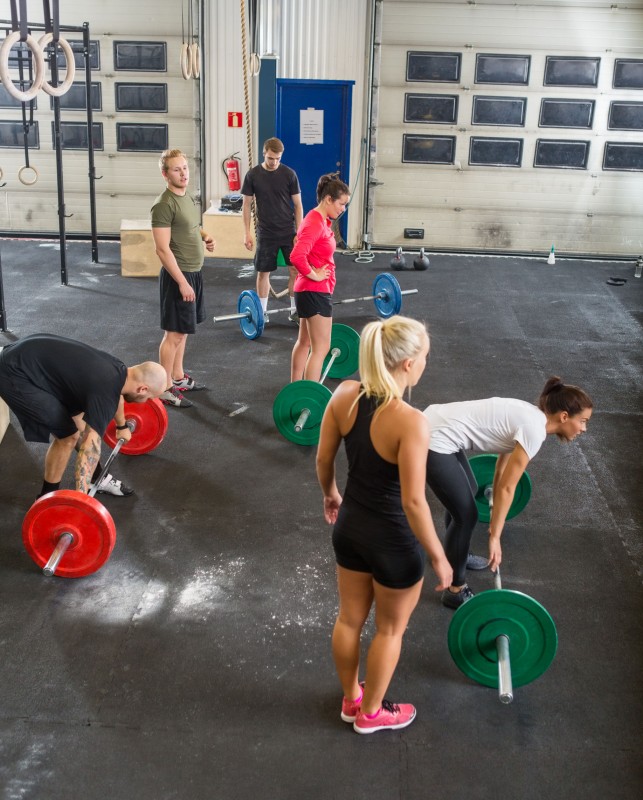
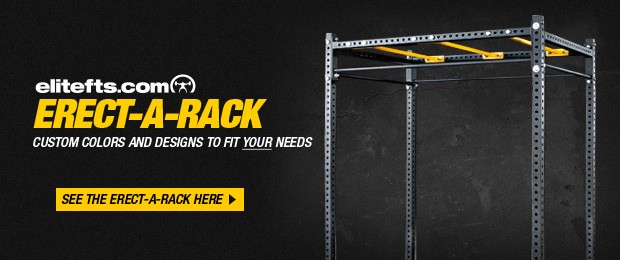
3 Comments